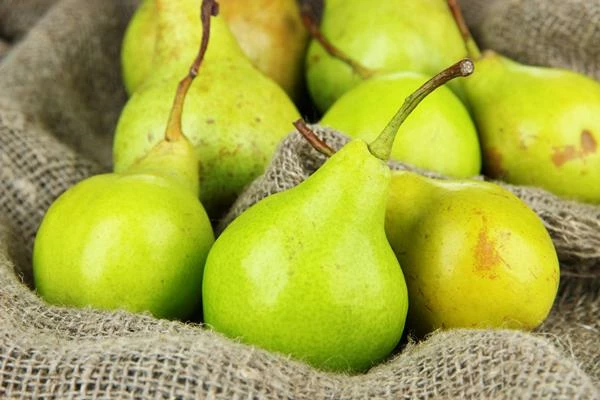
Dutch Pear Export Falls by 17% to $473M in 2024
Jan 24, 2025
 69
69
The Pear exports reached a peak of 425K tons in 2014; however, from 2015 to 2024, the exports remained at a slightly lower level. In terms of value, Pear exports decreased significantly to $473M in 2024.